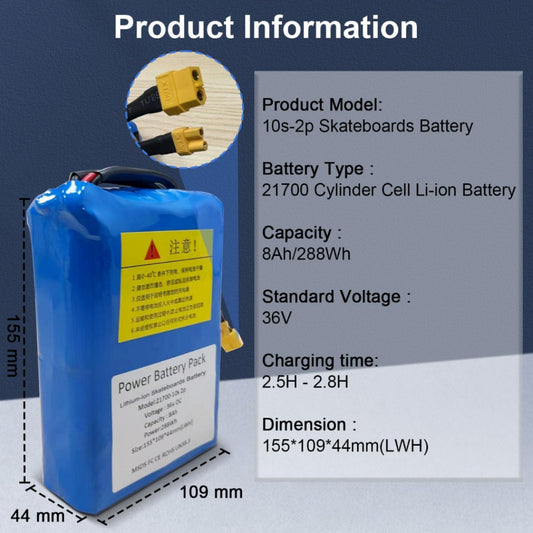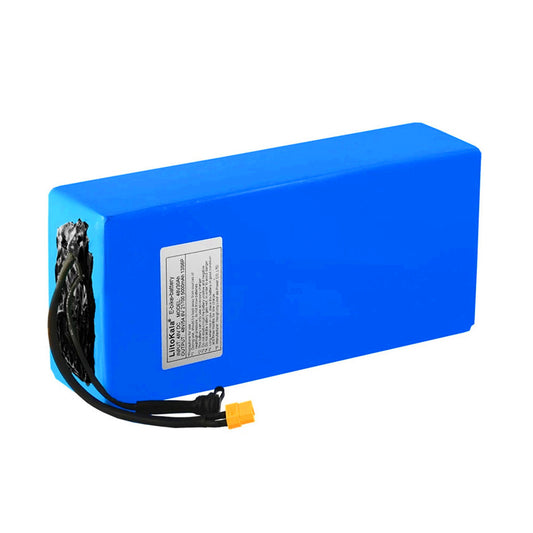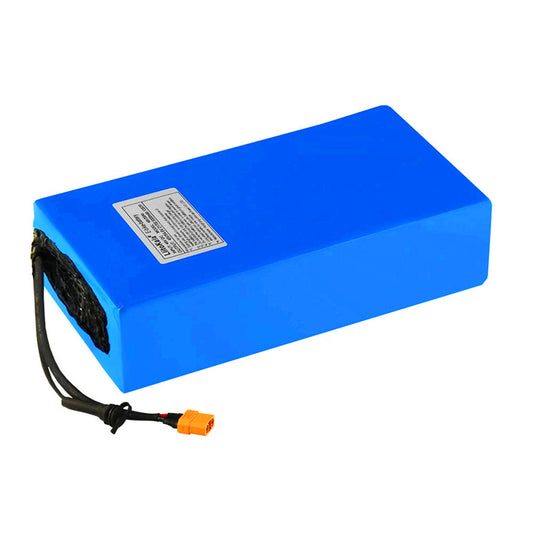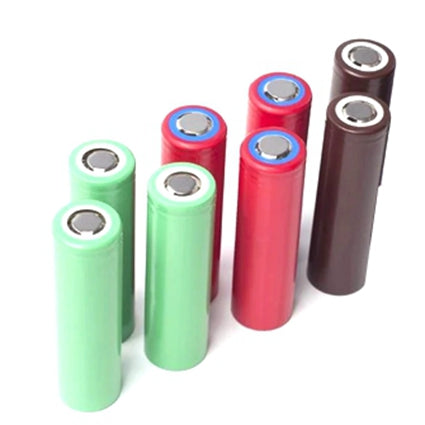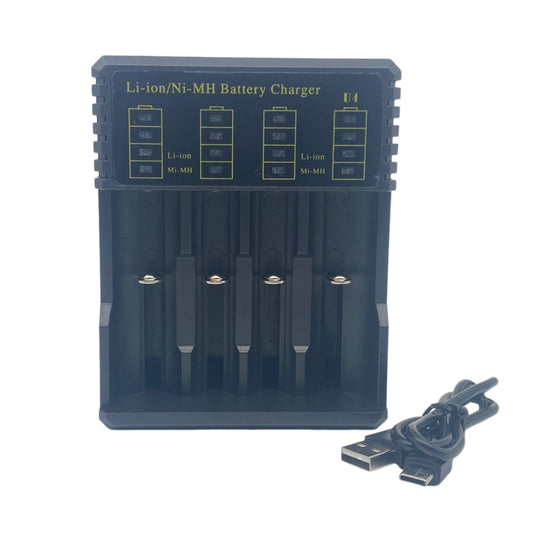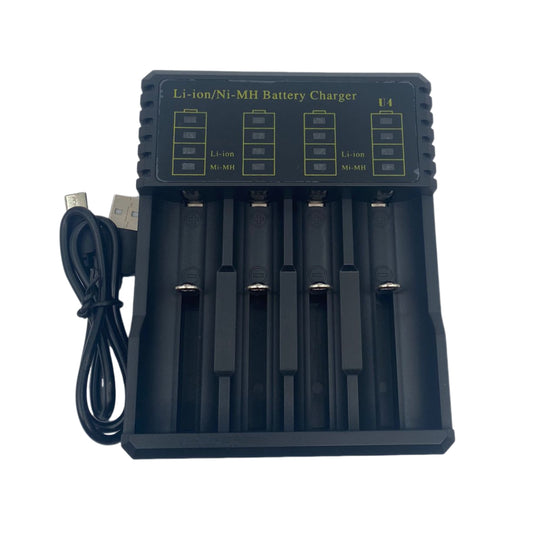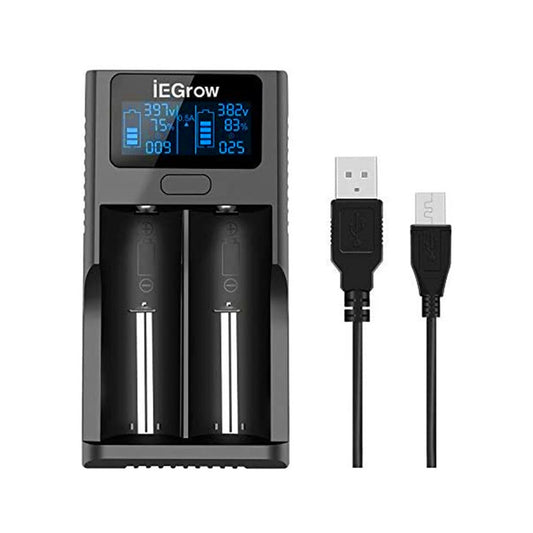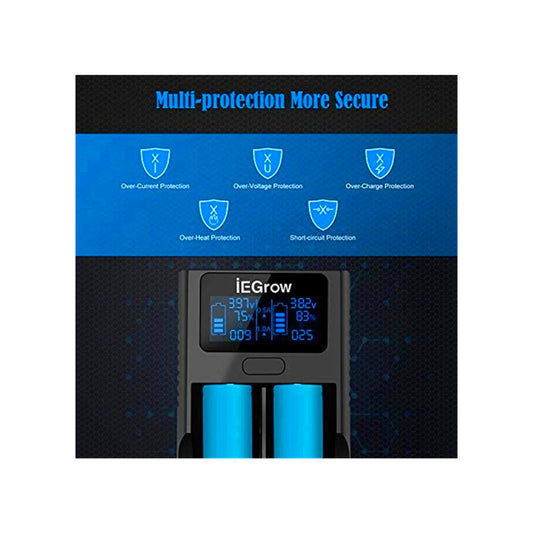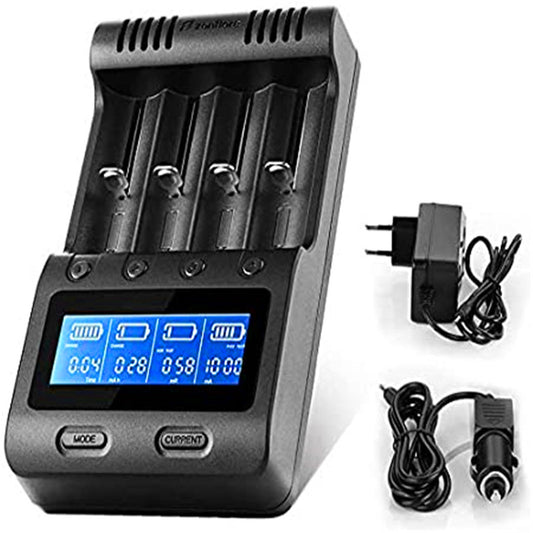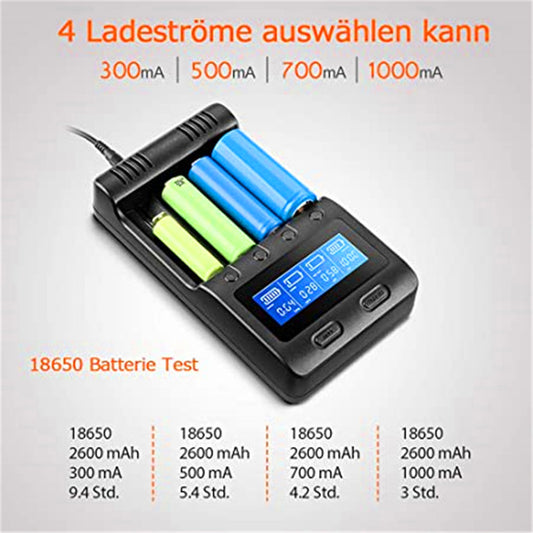Lower voltage batteries are more affordable and lighter, whereas higher voltage batteries provide greater performance and efficiency, speed, torque, battery life, etc. The best battery voltage is determined by a variety of factors. Continue reading to learn about the pros and cons of 36V and 48V lithium batteries, and how to make the best decision for your needs.
36V vs. 48V Electric Bike Battery: What is the difference?
Applications
36V Electric Bike Battery: Provides adequate power for urban commuting and flat terrain. Ideal for everyday commuting, leisure rides, and riding on flat terrain.
48V Electric Bike Battery: Used for those requiring more power and speed. Cater to more demanding riding conditions and are preferred for aggressive commuting and hill climbing.
Battery Life
36V Electric Bike Battery: Generally provides sufficient battery life for daily commutes and moderate use, but may not last as long under high-power demands compared to 48V Electric Bike Battery.
48V Electric Bike Battery: Generally more efficient at converting electricity into power, which can lead to improved performance and possibly a longer battery life under higher demands.
Cost-Effective
36V Electric Bike Battery: Generally less expensive, making them accessible for casual users and budget-conscious consumers.
48V Electric Bike Battery: Typically more expensive than 36V batteries, which might not be ideal for all budgets due to higher energy efficiency, less maintenance, and a better riding experience.
Weight
36V Electric Bike Battery: Tends to be lighter than higher-voltage batteries, which makes the bike easier to handle and transport. They generally weigh 3-5 kilograms.
48V Electric Bike Battery: Tends to be heavier, perhaps 4-7 kilograms, which can affect the bike's maneuverability and portability.
Speed and Power
36V Electric Bike Battery: Supports commuting speeds of between 15-20 MPH (24-32 km/h), but can't provide strong torque for climbing steep hills or fast riding.
48V Electric Bike Battery: Offers more torque and higher speeds of between 20-28 MPH (32-45 km/h), making them suitable for climbing hills and faster commuting.

Factors to Consider When Choosing 36V or 48V Electric Bike Battery
Range
For daily commuting on flat terrain, a 36V ebike battery may be sufficient. It provides adequate power for regular use without excessive cost. Higher-voltage batteries often have a larger energy capacity, leading to longer rides on a single charge. A 48V lithium battery may allow for longer distances between charges.
Battery Life
Higher voltage batteries can be more efficient, potentially extending the battery life. The 48V E-bike battery typically operates at a lower current, reducing heat and energy loss, thus improving overall efficiency and longevity.
Compatibility
Ensure your bike’s motor can handle the voltage. Some motors are specifically designed for 36V or 48V systems. Using a higher voltage battery (like 48V) can unlock more power from compatible motors.
The bike’s controller must also be compatible with the battery voltage to function properly. A 48V system may require a controller upgrade if switching from a 36V setup.
Portability
Higher voltage batteries tend to be heavier, which can affect the bike’s handling and portability. A 36V battery is typically lighter and may be preferable for those needing a more portable setup. For example, if you need to carry it up stairs or lift it frequently.
Cost
Higher voltage batteries typically have higher initial and replacement costs. While a 36V electric bike battery is more affordable, a 48V electric bike battery might offer better long-term value due to better performance and efficiency.
Riding Conditions
For rough or hilly terrain, higher voltage batteries offer better performance. A 48V ebike lithium battery provides more power and torque, essential for navigating challenging landscapes.
Temperature also affects battery performance; ensure the chosen battery performs well in your typical riding conditions. Higher voltage batteries like 48V often have better performance in extreme conditions.
Future Upgrades
If you plan to upgrade other components of your bike, consider a battery voltage that allows for future enhancements. A 48V system provides a better platform for high-performance upgrades and more powerful motors.

For the best e-bike lithium batteries, look no further than BatteryInt. We offer top-quality, rigorously tested batteries to ensure superior performance and safety. As one of the leading battery manufacturers, we provide a wide range of 36V and 48V options, competitive prices, and expert support, making it easy and affordable to find the perfect battery. Visit BatteryInt today to power your ride with reliability and excellence.
FAQ
Can you replace a 36V battery with a 48V battery on an e-bike?
Yes, you can replace a 36V battery with a 48V battery on an e-bike, but it's not a straightforward swap. You need to ensure that the e-bike’s motor and controller are compatible with the higher voltage. Using a 48V battery on a system designed for 36V without proper adjustments can damage the components and void warranties.
Will I have a longer range with a 48V battery than with a 36V battery?
Not necessarily. The range of an e-bike depends on the total energy capacity of the battery, which is measured in watt-hours (Wh), not just the voltage. A 48V battery with the same amp-hour (Ah) rating as a 36V battery will have more watt-hours and potentially offer a longer range.
However, if the 48V battery has a lower Ah rating, it might not provide a longer range. Factors like riding conditions, rider weight, and pedal assistance levels also significantly impact range. We wrote an article on the topic of what size battery is best for electric bike to talk about how battery size affects ranges.
How fast can a 36V and a 48V electric bike go?
The speed of an electric bike depends on various factors, including the motor power, rider weight, terrain, and battery voltage. Generally, a 36V e-bike can reach speeds of up to 20 mph (32 km/h), while a 48V e-bike can achieve speeds of up to 28 mph (45 km/h) or more. Always check local regulations, as they may limit the maximum allowable speed for e-bikes.
Is higher voltage better for an e-bike?
Higher voltage can be better for an e-bike in several ways. It can provide higher speeds, better torque, and improved efficiency. A 48V system can deliver more power, which is beneficial for climbing hills and accelerating quickly. It also tends to operate more efficiently, potentially extending the lifespan of the battery and motor.
However, higher voltage systems are typically more expensive and heavier, which can impact the bike's overall handling and cost. The best choice depends on your specific needs and riding conditions.



